Kuro Tanino, from Psychiatry to Directing
In two plays presented in Paris in 2018, he showcased his ability to analyse human relationships, a skill learnt in his original trade.
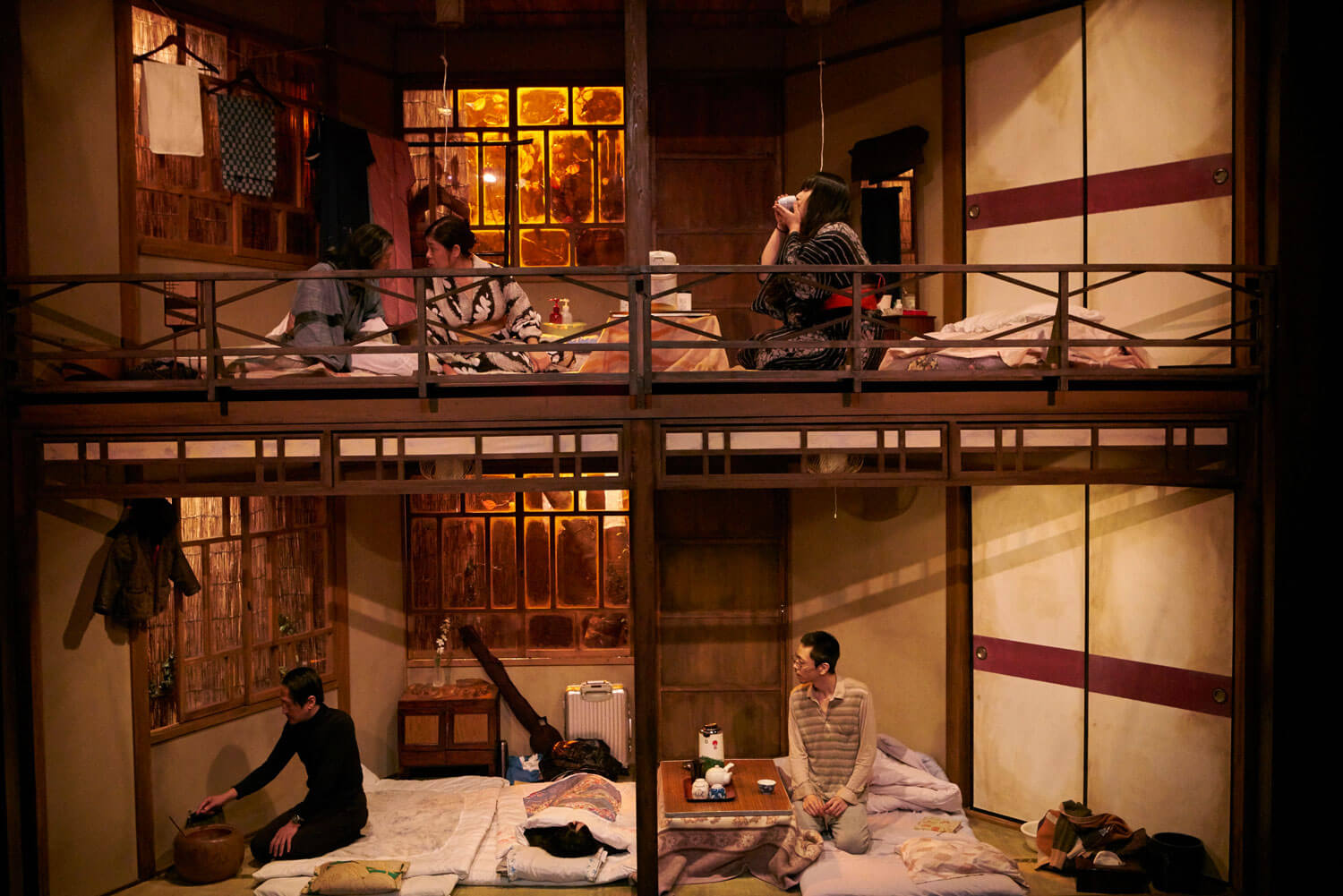
© Shinsuke Sugino
As part of the 2018 Paris Autumn Festival, Kuro Tanino, a psychiatrist turned director, took over Théâtre de Gennevilliers with two major plays, one set in a hot springs inn and the other in a restaurant.
With his attention to detail and surprising, immersive sets, Kuro Tanino’s theatre appears realist at first glance, before his colourful characters are engulfed in sensual, disturbing, burlesque or hellish paths that open up before them.
Remarkable use of noise and silence
From 20th to 24th September 2018, The Dark Master dazzled audiences by stimulating their senses; sight, of course, but also smell, as the aromas of a restaurant were recreated on stage. In this very restaurant, a young chimney sweep is offered the position of chef and the latter then disappears, but is actually observing his new protégé in secret. The regular customers come by, including the previous chef’s favourite prostitute and a peculiar Chinese character who is more interested in the restaurant’s economic potential than the dishes served.
Kuro Tanino tangentially raises the issue of the dispossession of heritage and power relations. He manipulates noise and silence with the same ease and disorientates the audience by offering what appears to be a classic opening but which then proves to be more disturbing. Kuro Tanino creates a vivid presentation of the very essence of our modern society and its paradoxes.
A critique of society
In his second play, Avidya, No Lights Inn, also shown at the Théâtre de Gennevilliers from 25th to 29th September 2018, the arrival of two visitors from Tokyo disrupted the peace and quiet of the occupants of an inn deep in the Japanese countryside.
Unsettled by this, an old woman, two geishas, a blind man and a sansuke (a man who helps with bathing, massage and grooming, and who also helps women struggling to have children) all express their fears and desires relating to this modernity which is in stark contrast with their peaceful sense of tradition.
The break in tranquillity is only extended with the announcement that the inn is to be demolished to make way for the Shinkansen, in a brutal allegory of the notion of erasing the past.
The Dark Master (2018), a play staged by Kuro Tanino at the Festival d’Automne at the Théâtre de Gennevilliers, from 20th to 24th September 2018.
Avidya, No Lights Inn (2018), a play staged by Kuro Tanino at the Festival d’Automne at the Théâtre de Gennevilliers, from 25th to 29th September 2018.
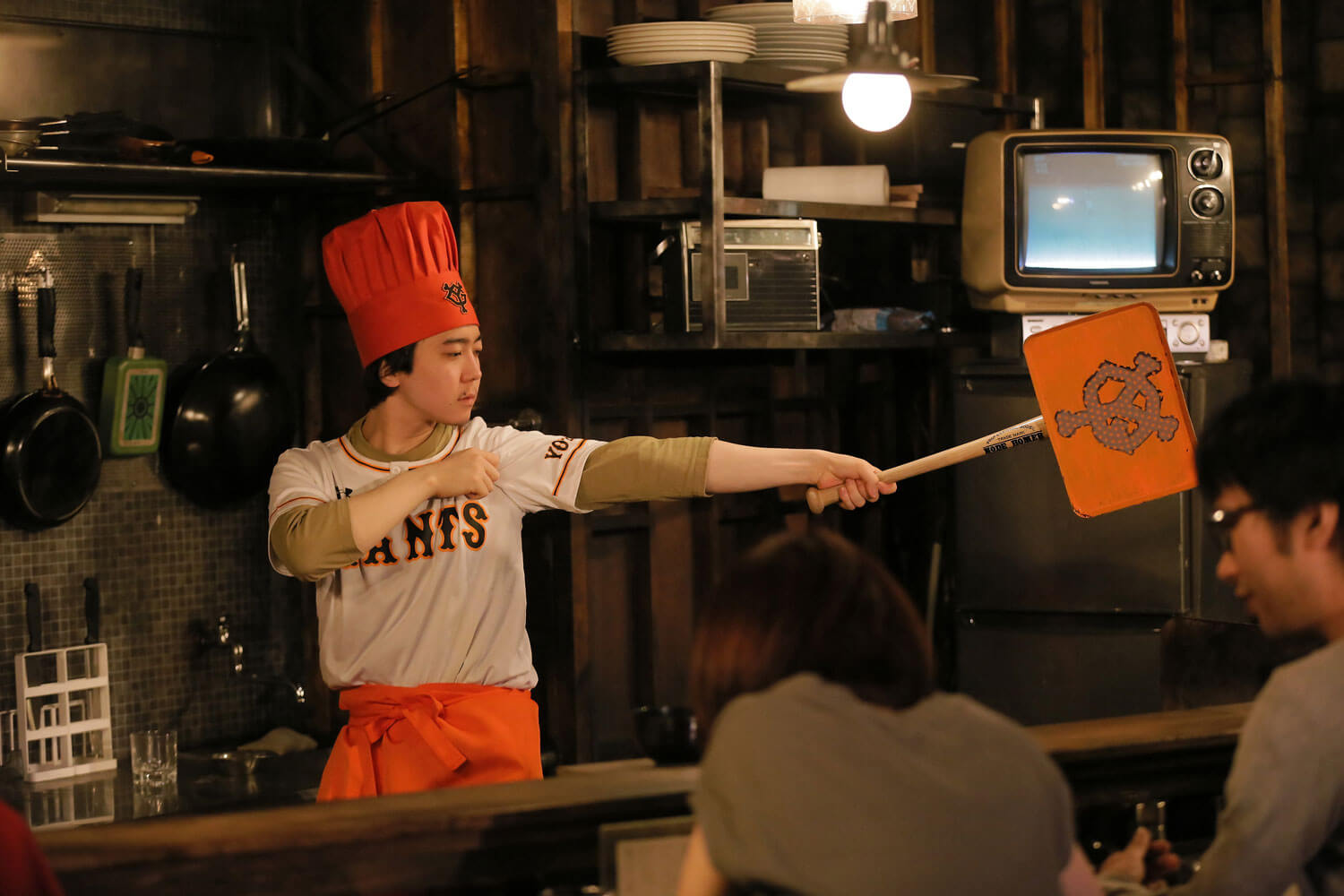
© Takashi Horikawa
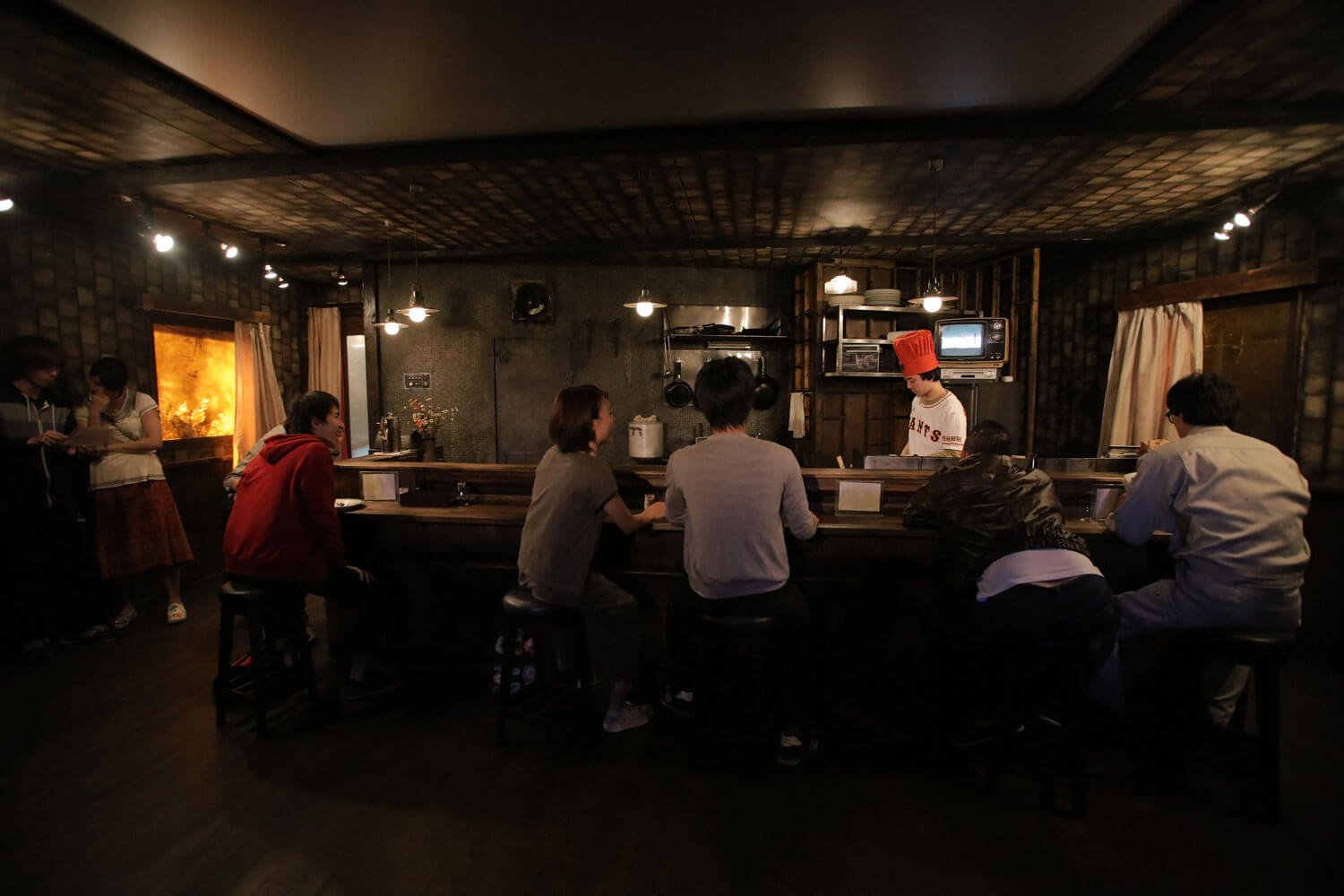
© Takashi Horikawa
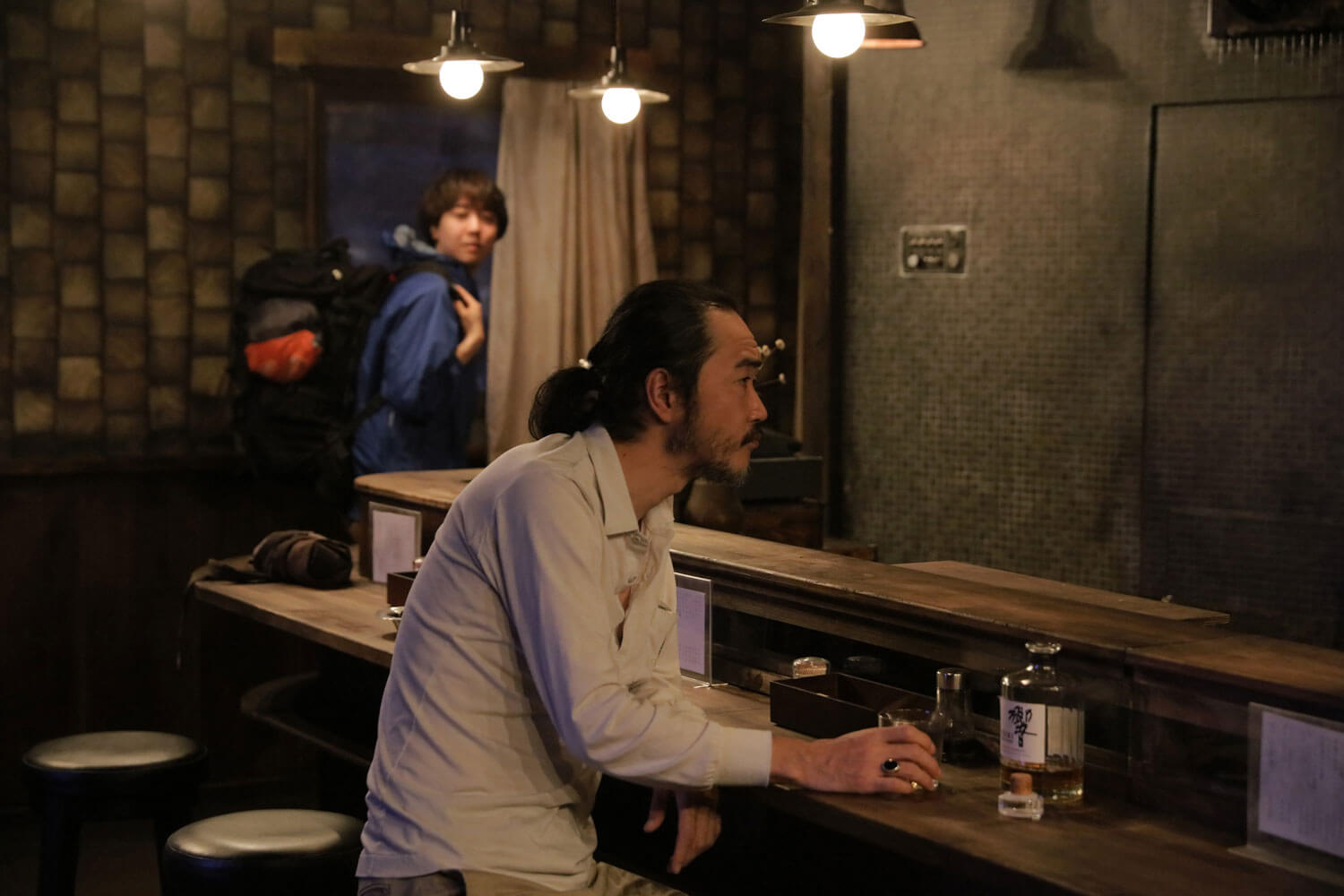
© Takashi Horikawa
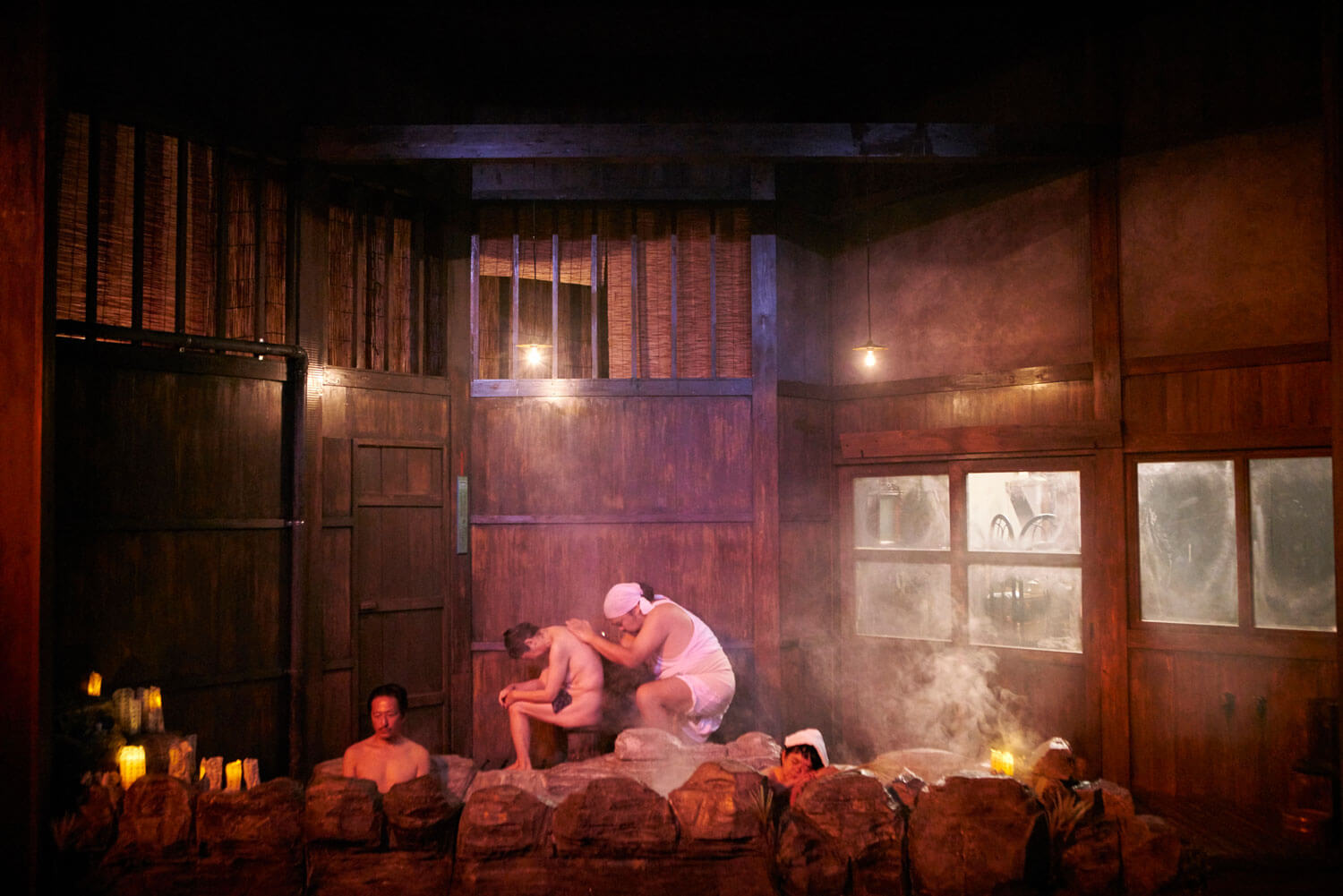
© Shinsuke Sugino
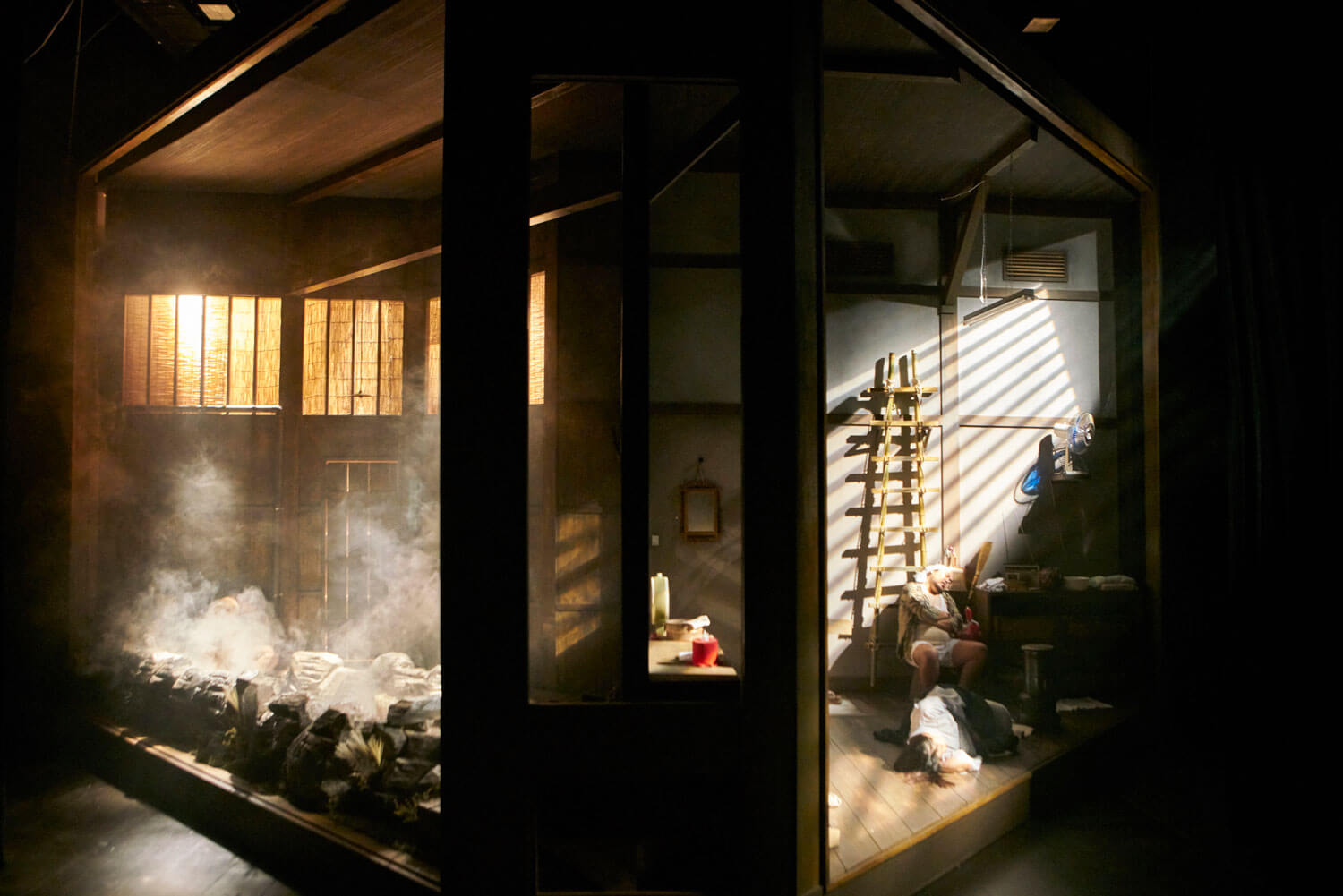
© Shinsuke Sugino
TRENDING
-
The Tattoos that Marked the Criminals of the Edo Period
Traditional tattoos were strong signifiers; murderers had head tattoos, while theft might result in an arm tattoo.

-
Chiharu Shiota, Red Threads of the Soul
Last year, more than 660,000 people visited the retrospective 'Chiharu Shiota: The Soul Trembles' exhibit at the Mori Art Museum.

-
‘Before Doubting Others, Doubt Yourself. Who Can Truly Say a Dish Isn’t What It Used to Be?’
In ‘A Non-Conformist’s Guide to Surviving Society’, author Satoshi Ogawa shares his strategies for navigating everyday life.

-
The Story of Sada Yacco, the Geisha who Bewitched Europe
Described by Dazed magazine as the first beauty influencer, she has been restored to her former glory since 2019.

-
Ito Jakuchu's Naturalist Paintings
From 15 September until 14 October 2018, the Petit Palais showcased the artist's iconic ‘Images of the Colourful Realm of Living Beings’.





